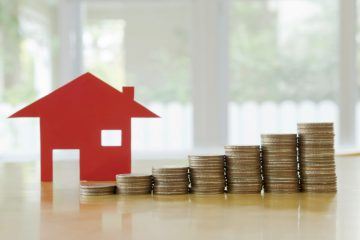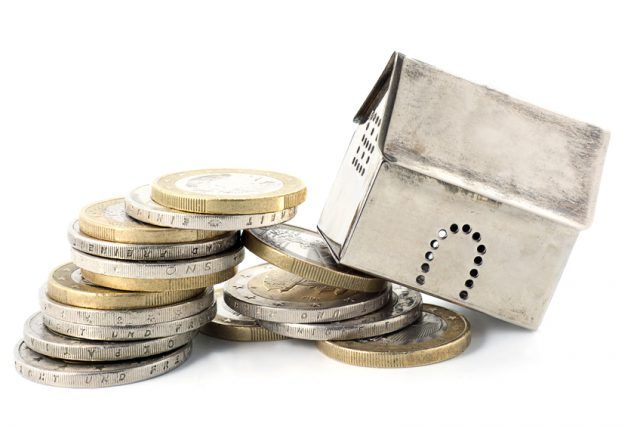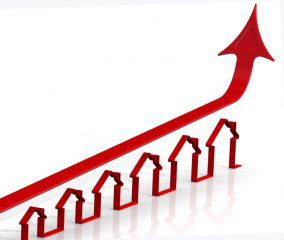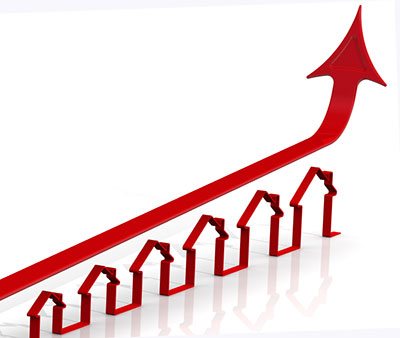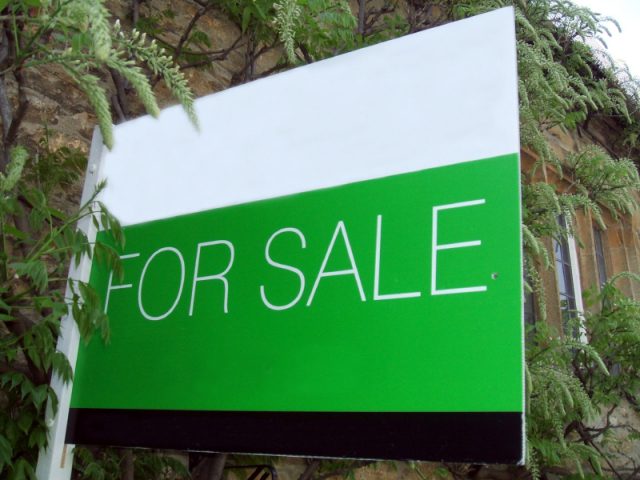House Prices Continue Steady Rise in February, Reports Nationwide
House prices rose steadily in February, up from average annual growth of 4.3% in January to 4.5%, according to the latest House Price Index from Nationwide.
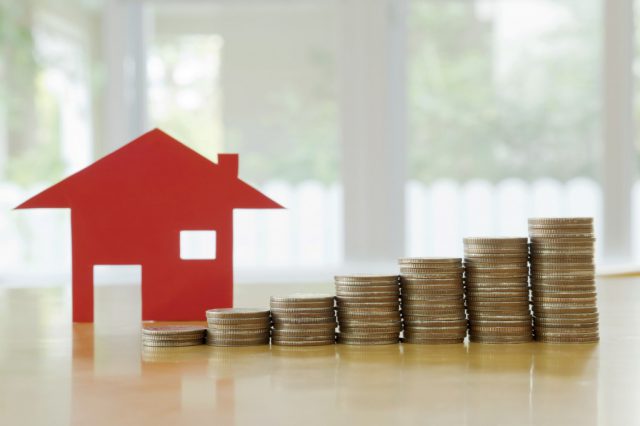
House Prices Continue Steady Rise in February, Reports Nationwide
On a monthly basis, the average house price increased by 0.6% in February, up from just 0.2% in the previous month.
This growth takes the average house price in the UK to £205,846, up from £205,240 in January 2017.
The Nationwide data also shows that more households in England now own their homes outright than with a mortgage.
Robert Gardner, the Chief Economist at Nationwide, comments on the figures: “Recent data suggests that the UK economy has continued to perform relatively strongly. The economy accelerated slightly in Q4, expanding by a healthy 0.7% quarter-on-quarter, and the unemployment rate remained stable at an 11-year low of 4.8%.
“The outlook is uncertain, but we, along with most other forecasters, expect the UK economy to slow through 2017 as heightened uncertainty weighs on business investment and hiring. Consumer spending, a key engine of growth in recent quarters, is also likely to be impacted by rising inflation in the months ahead as a result of the weaker pound.”
However, he adds: “Nevertheless, in our view, a small rise in house prices of around 2% is more likely than a decline over the course of 2017, since low borrowing costs and the dearth of homes on the market will continue to support prices.”
The Founder and CEO of online estate agent eMoov.co.uk, Russell Quirk, also says: “The UK market has come out of the blocks slow but steady for 2017, and has continued to see upward price growth, shaking off January’s lowest rate of increase in 14 months. This was almost certainly seasonal and, as spring approaches, UK buyers seem to be emerging from hibernation, albeit tentatively.
“Despite the doom and gloom predictions, we should start to see an increase in market activity over the coming months, which should further strengthen this upward price trend.”
He continues: “It will be interesting to see where we stand after this month’s Budget announcement. With an overall air of hesitation in the market, it is likely that many savvy buyers will be holding out to see what the Chancellor has in store, whereas the previous bulletproof nature of the market may have seen them proceed with a purchase regardless.
“It is likely that Mr. Hammond will loosen his stranglehold on the top end market where Stamp Duty is concerned, which could breathe new life into the market to an extent, particularly in London. The severity of the property market storm in 2017 could well hinge on next week’s announcements, so it will be interesting to see where we stand this time next month.”
